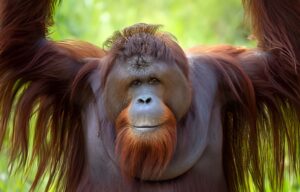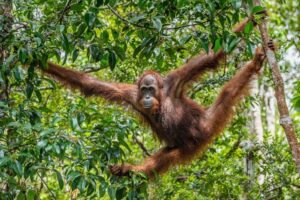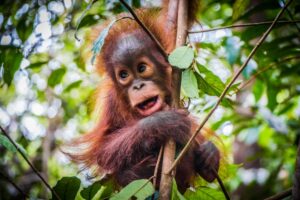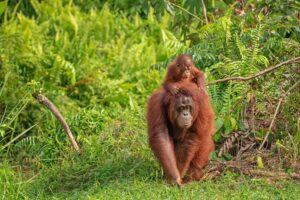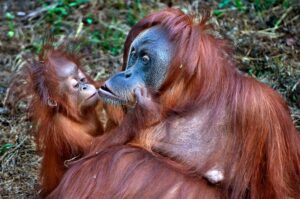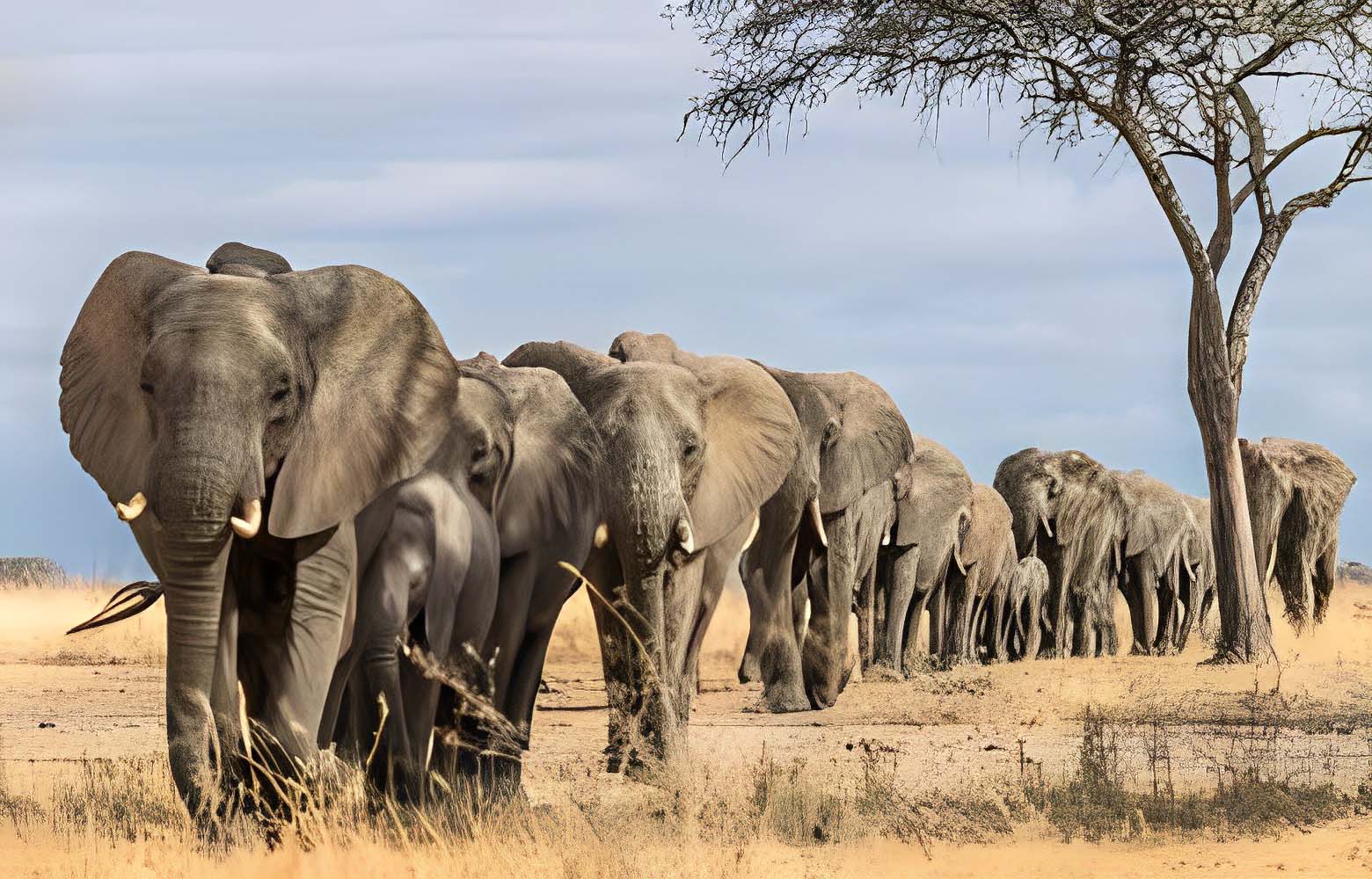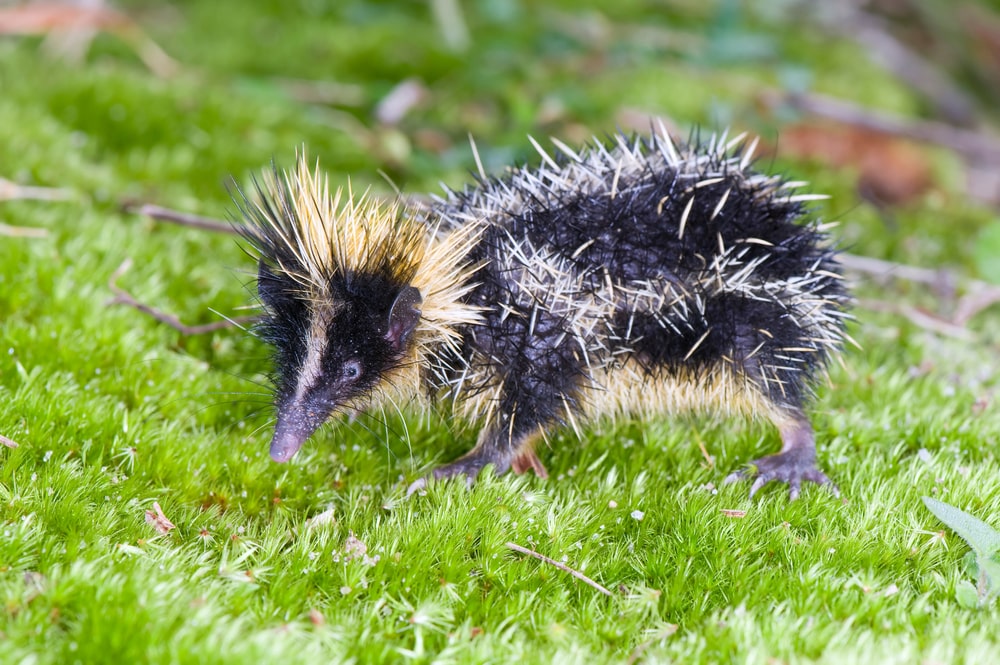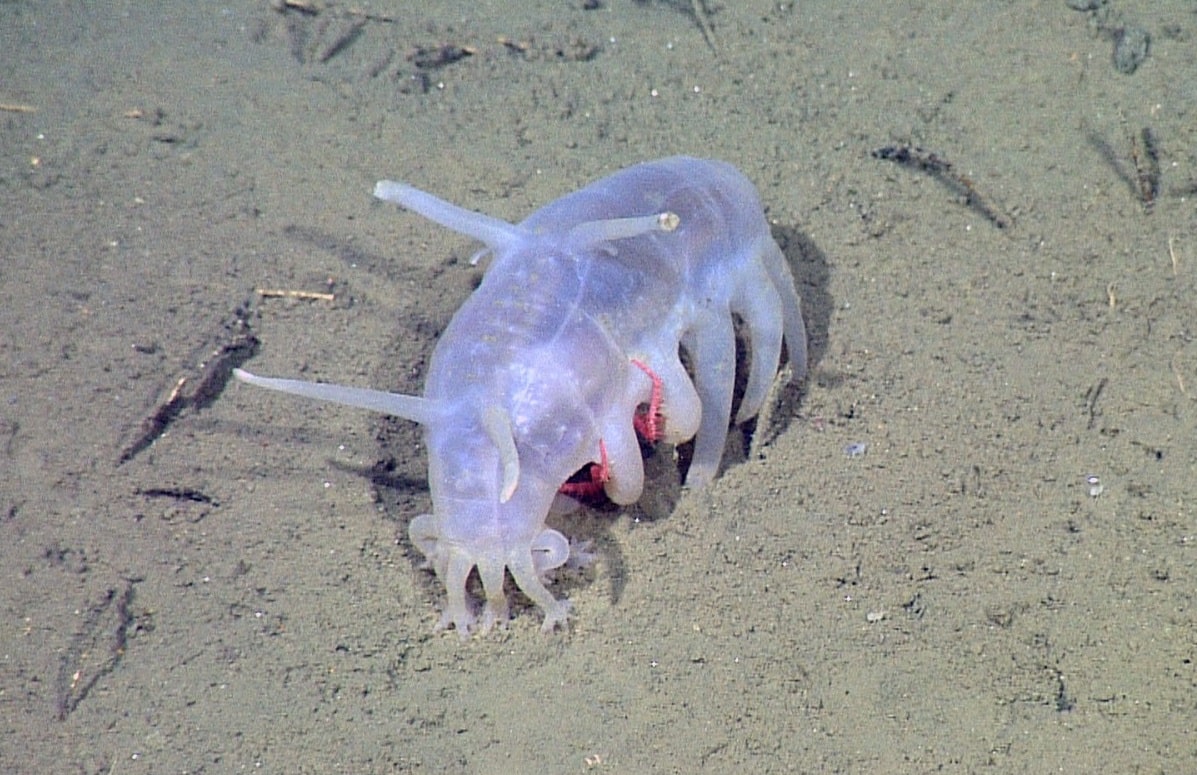Orangutans endangered, Is Orangutan Stronger than Human?
The orangutan is an ape native to the rainforests of Southeast Asia, found primarily on the islands of Borneo and Sumatra. They have a distinct appearance! The face of an orangutan is covered in coarse, long, reddish-brown hair that gives it a very unique look. This shaggy fur actually serves as insulation against the frequent rain and humid conditions of their rainforest habitat. In terms of size, Orangutans are the largest arboreal creatures on Earth, spending the majority of their lives in the trees.
Orangutan Apes
Adult males, the larger of the sexes, can weigh anywhere between 50 to 90 kg (110 to 200 lbs) and stand at about 1.4 meters (4.6 feet) tall when upright. Their physical stature, coupled with their specialized adaptations, makes them exceptionally suited to life in the dense rainforests of Borneo and Sumatra! One of the unique features of orangutans, other than their phenomenal strength, is their intelligence and adeptness at tool usage.
They exhibit remarkable problem-solving abilities, using leaves as umbrellas, sticks to extract insects from tree bark, and even fashioning makeshift pillows from folded leaves. Unlike other large apes, orangutans apes are primarily solitary animals. Adult males, in particular, tend to lead a solitary existence, while females may engage in occasional social interactions. Their diet primarily consists of fruits, although they also consume leaves, flowers, and, on occasion, insects.
In terms of intelligence, the orangutan may be smart, but it’s safe to say their intellect pales in comparison to a human’s mind. However, this is just one facet of life. In every other way, the orangutan is far superior! Let’s finally compare humans to the orangutan and see who comes out on top!
Orangutans Muscles
To provide a frame of reference, an adult male orangutan, the larger of the sexes, is estimated to be about seven times stronger than the average human male. This extraordinary strength is a product of their unique anatomical adaptations and the evolutionary pressures of their rainforest habitat. Let me explain. The strength of orangutans is particularly obvious when you measure their impressive lifting capabilities.
These primates have been documented lifting objects weighing up to 500 pounds (226 kg), a staggering feat considering that this load is approximately three times their own body weight! The muscles in their shoulders, arms, and hands are notably robust and well-developed, allowing them to generate the necessary force to hoist heavy objects.
Also, did you know that they have the longest arm span of any primate relative to their body size? Adult orangutans typically have an arm span that can reach up to 2.2 meters (about 7.2 feet)! Furthermore, their hands, equipped with opposable thumbs and strong, flexible fingers, provide an exceptional grip. This dexterity allows them to securely grasp objects and apply force with precision.
In contrast, while some of the strongest men on the planet can potentially lift loads comparable to what an orangutan can manage, achieving such a feat requires a tremendous amount of training, conditioning, and dedication. An orangutan can utilize its strength in other ways while the human body would be restricted to only lifting. Also, for the average person, lifting heavy weights, especially overhead, is a formidable challenge. The majority of individuals would find it exceptionally difficult to lift more than 100 pounds (46 kg) over their heads.
This highlights the considerable gap between the average person’s strength and that of elite athletes or specialized professionals. It’s important to note that the average weight of an individual is around 136 pounds (61 kg), so lifting more than this amount represents a significant relative load. To put this in perspective, lifting more than one’s own body weight is considered a noteworthy achievement in the realm of strength training. On the other hand, an averagely built orangutan would still be able to lift 3 times its body weight.
Jaws of Orangutans
The jaws of an orangutan are a marvel of natural engineering, finely adapted to the demands of their rainforest habitat. These great apes possess robust and muscular jaws, perfectly suited for their dietary needs and the challenges of their arboreal lifestyle. The structure of an orangutan’s jaw is characterized by powerful mandibular muscles and large, sharp canine teeth. These canines can reach lengths of up to 5 centimeters (2 inches) or more.
In males, the canines are especially pronounced, often extending beyond the level of their lips even when their mouths are closed. The jaw of the orangutan is instrumental in a variety of social behaviors, including displays of dominance and communication with other orangutans. Additionally, these formidable canines play a vital role in the orangutan’s diet, allowing them to effectively process a range of foods found in their natural environment.
One of the most impressive aspects of an orangutan’s jaw has got to be its bite force. Studies have estimated that an adult orangutan can exert a bite force ranging from 1,500 to 2,000 Newtons! This extraordinary force enables them to crack open hard-shelled fruits like coconuts, a common food source in their habitat. It also empowers them to chew through tough vegetation, such as bark and stems.
This specialized jaw strength is crucial for obtaining essential nutrients from the diverse array of plant materials they consume. In comparison, the bite force of a human is significantly lower. On average, humans exert a bite force ranging from about 200 to 300 Newtons. To put this into perspective, the bite force of an orangutan is nearly four times greater than that of a human.
Orangutan Confrontation
At this point, it’s well established that an orangutan is far stronger than a human in terms of its musculature and bite force. So, what should a human do in a confrontation between the two primates? Well, the first and most critical step is for the human to maintain a calm demeanor. Remaining composed is essential in preventing the situation from escalating further. Sudden movements or displays of fear may be interpreted as a threat by the orangutan, potentially intensifying its aggression.
Therefore, humans must strive to project an aura of tranquility. Direct eye contact should also be avoided. In primate communication, sustained eye contact can be perceived as a challenge or a threat. The human should avert their gaze, allowing the orangutan to feel less threatened and potentially defusing some of its aggression. Instead, the individual should focus on maintaining awareness of their surroundings while keeping their gaze lowered.
As the confrontation unfolds, the human should begin to slowly and deliberately back away from the orangutan. This measured retreat allows for distance to be established between the two parties, reducing the immediate threat. Abrupt movements or attempts to flee hastily might provoke a more aggressive response from the orangutan, so a calm and unhurried withdrawal is advised.
Above all, it is imperative that the human refrains from attempting any form of direct physical confrontation with the orangutan. Given the significant strength advantage of the ape, such actions would likely be ineffective at best and potentially dangerous at worst. This might not be as glamorous as a fight, but we all know the outcome if a human were to take an orangutan head-on.
Orangutans endangered
An example of this can be seen in a viral video where a young individual, keen on capturing video footage of an orangutan at an Indonesian zoo for their social media account, found themselves facing an unexpected and dangerous situation. The orangutan, feeling threatened, reacted by attacking the person. Luckily the person left with only a torn shirt and an everlasting fear of orangutans.
